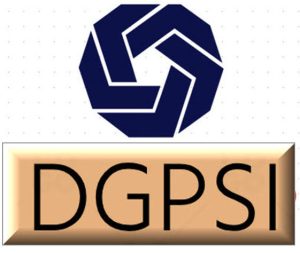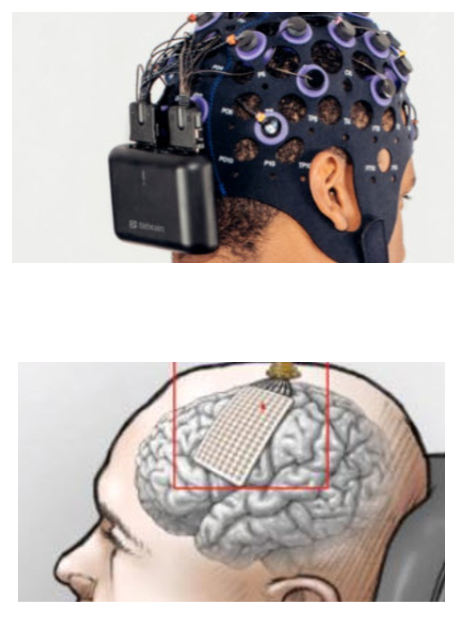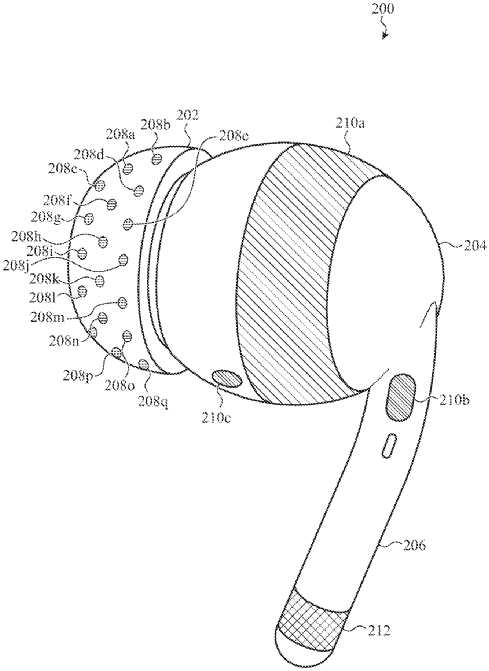In a high court proceeding in Delhi High Court challenging the Intermediary Guidelines WhatsApp has threatened that if the Government of India goes ahead with implementation of its Intermediary Guidelines, it may be forced to quit India.
WhatsApp is perhaps emboldened by the fact that Indian Judiciary including the Supreme Court have been naive enough in recent times to judicially accept WhatsApp messages for sending Court notices etc developing a dependency which would create some operational problems if WhatsApp quits.
The reason behind this is that the Government of India has for security reasons stated that if required and a proper notice is served, WhatsAPP should be able to provide the origin of messages in WhatsApp. This does not need decryption of the message but only the header information.
It is possible that in certain cases decryption of messages may be required for national security reasons. In such cases, whether it is WhatsAPP/Meta or Apple, there should not be an embargo that no such demand would be made.
At best, it can be made subject to a quasi judicial committee consisting of a special judge of Supreme Court along with the designated representatives of Meity and MOH for quick decision making in times of crisis.
According to this report in Hindustan Times Mr Tejas Karla, the counsel of WhatsAPP has told the High Court that without the concurrence of WhatsApp, Government of India has no right to introduce such rules.
The contention of WhatsApp which is a commercial entity owned by a US Citizen is in principle unacceptable. It is a rebellion against the sovereignty of India. It has no such fundamental rights and it has no right to represent the Indian citizens for their fundamental rights only to protect the commercial interests of the company.
WhatsApp has also threatened that
“Requiring messaging apps to ‘trace’ chats is the equivalent of asking us to keep a fingerprint of every single message sent on WhatsApp, which would break end-to-end encryption and fundamentally undermines people’s right to privacy,… and such an action could a message could disturb the peace and harmony in the country and could pose public order issues.”
The Company has therefore admitted that a message when decrypted could pose public order issues meaning that it was inherently a message that was meant to destabilize public order within a community. It’s argument is that this conspiracy should be allowed to continue and not be exposed.
The Court should not only reject this argument but also castigate the company to have taken such a stand against the sovereign rights of the company.
In the meantime, Naavi.org has been suggesting companies to switch over to indigenous applications which may provide similar services in a “Cyber Law Compliant Manner”. There could be more than one such solution to be available and we have come across one such application called “Ledger Chat” which provides the functionalities of WhatsApp within the Indian legal jurisdiction. Presently it is being used for Corporate requirements and can be used by Supreme Court or the High Court.
Considering the volume of information to be handled in public domain, the app can be used by other intermediaries including network giants like Tata Telecom to develop a WhatsApp equivalent services without riding on the foreign powers like WhatsApp.
I hereby request Ledger Chat to
a) Implead in the suit in Delhi High Court and present its product as a solution to replace WhatsApp.
b) Provide the solution to Delhi High Court and Supreme Court for their use if necessary in association with a reputed company like Tat Telecom.
I request the advocates representing the Government not to yield to the WhatsApp arguments as they tend to do in the past. We are aware of the enormous financial muscle of WhatsApp to sway opinions but we hope there are still enough nationalists left in the Judicial system in India who will uphold that the country cannot be held to ransom by these companies.
I am aware that a bigger threat awaits if similar stand is taken by Google and Microsoft and we as a Country have to be ready to meet such challenges.
Hopefully if Modi is around, we can atleast demand this from the Government whether it is done or not. For advocates who represent such parties without remembering that their duty is to “Justice”, I would like to say that your first duty is to protect the nation and representing a client is only secondary. For those advocates who still have a ethical mindset, kindly contact LegerChat company and offer to represent them in the Delhi High Court. Any IT solutions integrator who is interested in taking this solution to the Delhi High Court and Supreme Court should also contact them and offer help. In case there are any other similar solution providers they are welcome to contact Naavi.org so that their solutions can also be highlighted.
More info on LedgerChat is available here: https://ledgerfi.io/
Naavi
Comments Received and Our views
Comment 1: India may not be able to create a product at a global scale. Koo did not succeed.
Comment 2: Data Security in messaging can be preserved through e2e encryption and WhatsApp is guaranteeing it. What is the need for putting 140 crores under surveillance by providing the option to break the e2e.
Comment 3: WhatsApp is used globally . The sender and receiver should both be using the same messaging app.
My Views:
I donot think that India cannot create a global scale product. Our software engineers sit with other MNCs and create the products which today are considered as global products. It is a journey and we need to support the Made In India initiative. The scaling up for global use depends on the network capacity and there could be issues that should be sorted out. Koo did not succeed because we did not support it. Had we supported it and had Mr Modi and his team supported it, it could have succeeded. (Refer various articles on Koo at naavi.org). Finally Twitter failed for its own reasons and sold out to X. X is trying to re-engineer the model and we need to wait and see how their model will succeed.
WhatsApp may have e2e encryption from device to device. What is important for us to recognize is that WhatsApp is lying when it says that the Government wants the encryption to be broken. What the Government has stated is that every message needs to have a “Origination ID” when it enters the systems in India. This means that the customers of WhatsApp should be tagged as “Indian” and “Non Indian”. When a message is received by the Indian, it should be assigned with a header information which contains the message ID. Any further forwarding of the message should identify “Message Id”, “From” and “To” . There is no need to break the message encryption. Hence “Surveillance” of 140 crores does not arise. These are falsehood circulated by WhatsApp and its lawyers.
Every messaging application as a platform wants both to be on the platform. But if customer@gmail.com can send a message to customer@hotmail.com, there can be a message exchange system that can send and receive messages across multiple messaging platforms. It may require some standardization but is not impossible.
Naavi











